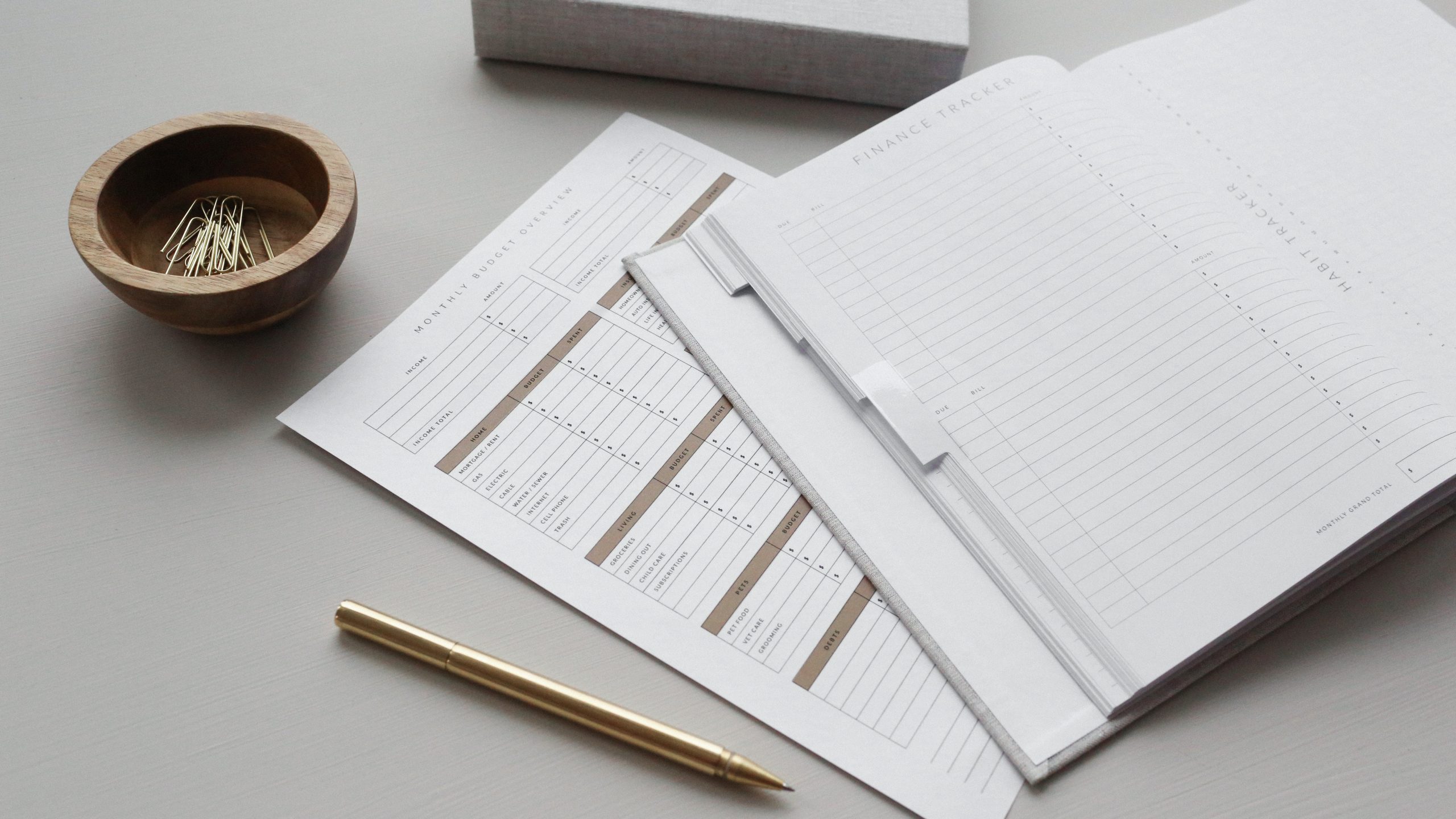
The origin and evolution of the financial balance sheet
In the world of finance, very few elements are as essential and evocative as balance sheet. But have you ever wondered where this indispensable tool comes from? Over the centuries, the balance sheet has evolved to become what it is today.
The Dawn of Accounting
The first traces of writing were discovered during archaeological excavations in Mesopotamia. These excavations also discovered traces of accounting inventories in the form of notches on clay supports. The origins of accounting are therefore closely linked to those of writing and cartography, which leads us to think that the history of accounting is as old as that of humanity itself.
Accounting in Antiquity and the Middle Ages
The history of accounting dates back more precisely to Antiquity. Accounting (in the sense of “counting values”) was not limited to recording business transactions. The ancestors of accountants were already in ancient civilizations, among wealthy merchants and bankers. At that time, they acted as administrators. These butlers were in charge of domestic accounting. They were often erudite slaves. They were the ancestors of company accountants.
As business practices evolved, so did accounting practices. The invention of printing and the use of paper are important factors in understanding the spread of accounting recording techniques in the Late Middle Ages.
The birth of the modern financial balance sheet
In 1493, the monk Luca Pacioli published the first accounting book in Italian. He popularized the business practices of merchants from Northern Italy and the technique of double-entry accounting. It consists of recording all transactions in two accounts simultaneously. When the two accounts used are asset accounts, the entry reflects a change in the asset structure (the merchant pays for merchandise, the increase in the value of merchandise stocks compensates for the decrease in the cash account).
The evolution of the financial balance sheet
Accounting techniques are progressively evolving. Accounting requirements appear, such as the obligation imposed on French factories in the 17th century to keep a biannual inventory of stocks.
Until the 20th century, accounting writings remained essentially technical or pedagogical works. Theoretical reflections were relatively limited and focused mainly on accounting recording mechanisms or on concepts and definitions.
The arrival of industrial society and the development of public limited companies at the end of the 19th century caused changes in accounting tools. The accounting reflection then focused both on the improvement of bookkeeping techniques and on the problems of calculating costs. Management accounting in particular owes much to the pioneering work of Frederick W. Taylor (1902) and Henri Fayol (1916).
What characterizes the evolution of accounting in the 20th century is the phenomenon of harmonization of practices (known as “standardization”). Harmonization began at the national level and accelerated at the international level in the second half of the century.
The current financial balance sheet
Today, the balance sheet is a key financial accounting tool. It provides an overview of a company’s financial position at any given time, including its assets, liabilities and equity. The balance sheet is used by many people within an organization to adequately assess the financial health and value of a company.
Throughout its history, the financial balance sheet has evolved over time, adapting to the changing needs and increasing complexity of the business world. Today, it’s more important than ever, providing the vital information needed for decision-making in an increasingly interconnected and dynamic business world. Without a doubt, the balance sheet will continue to be a fundamental tool in the financial world for years to come.
